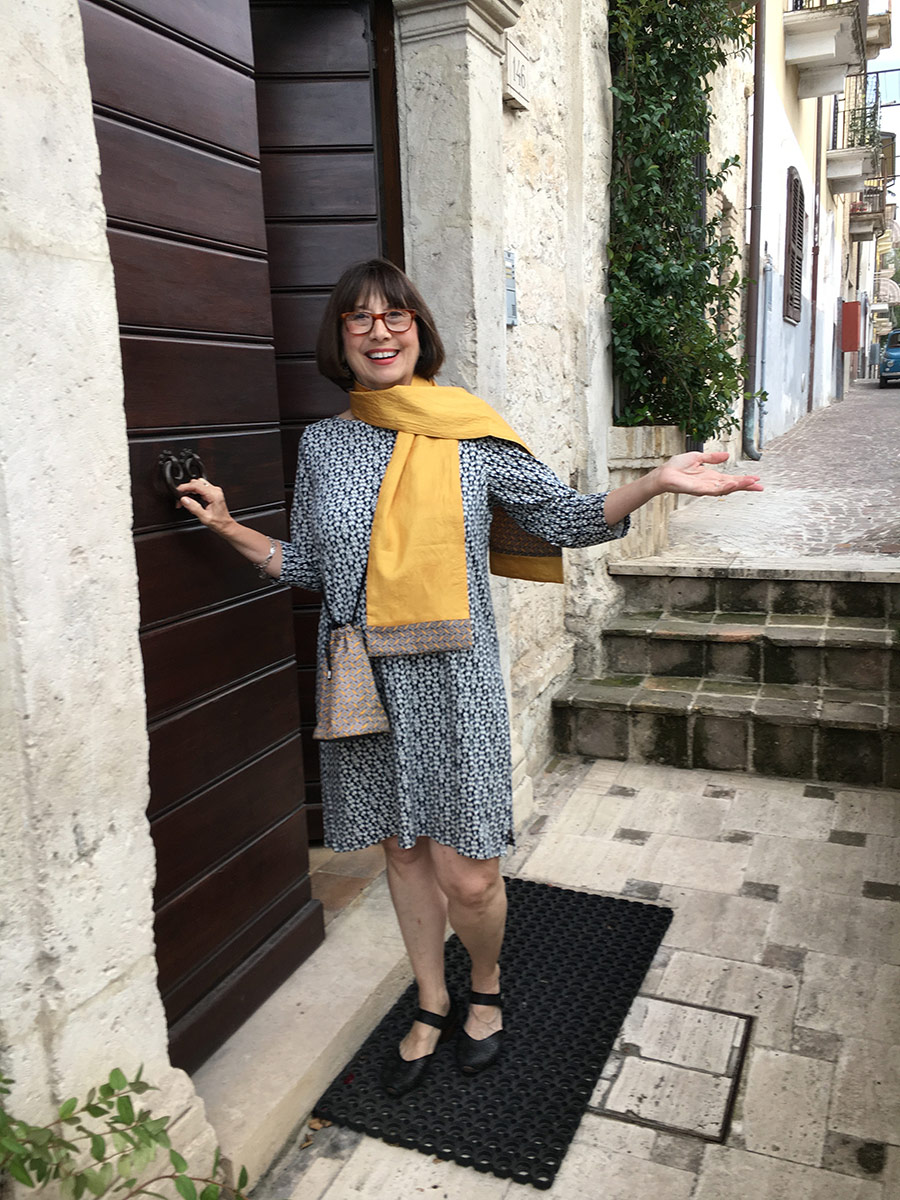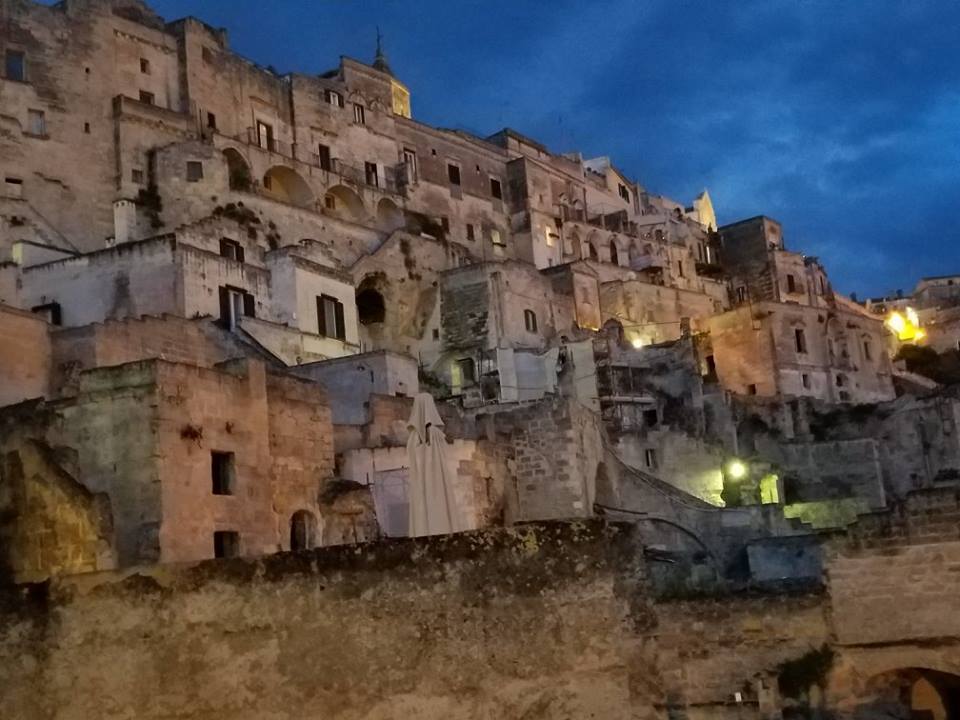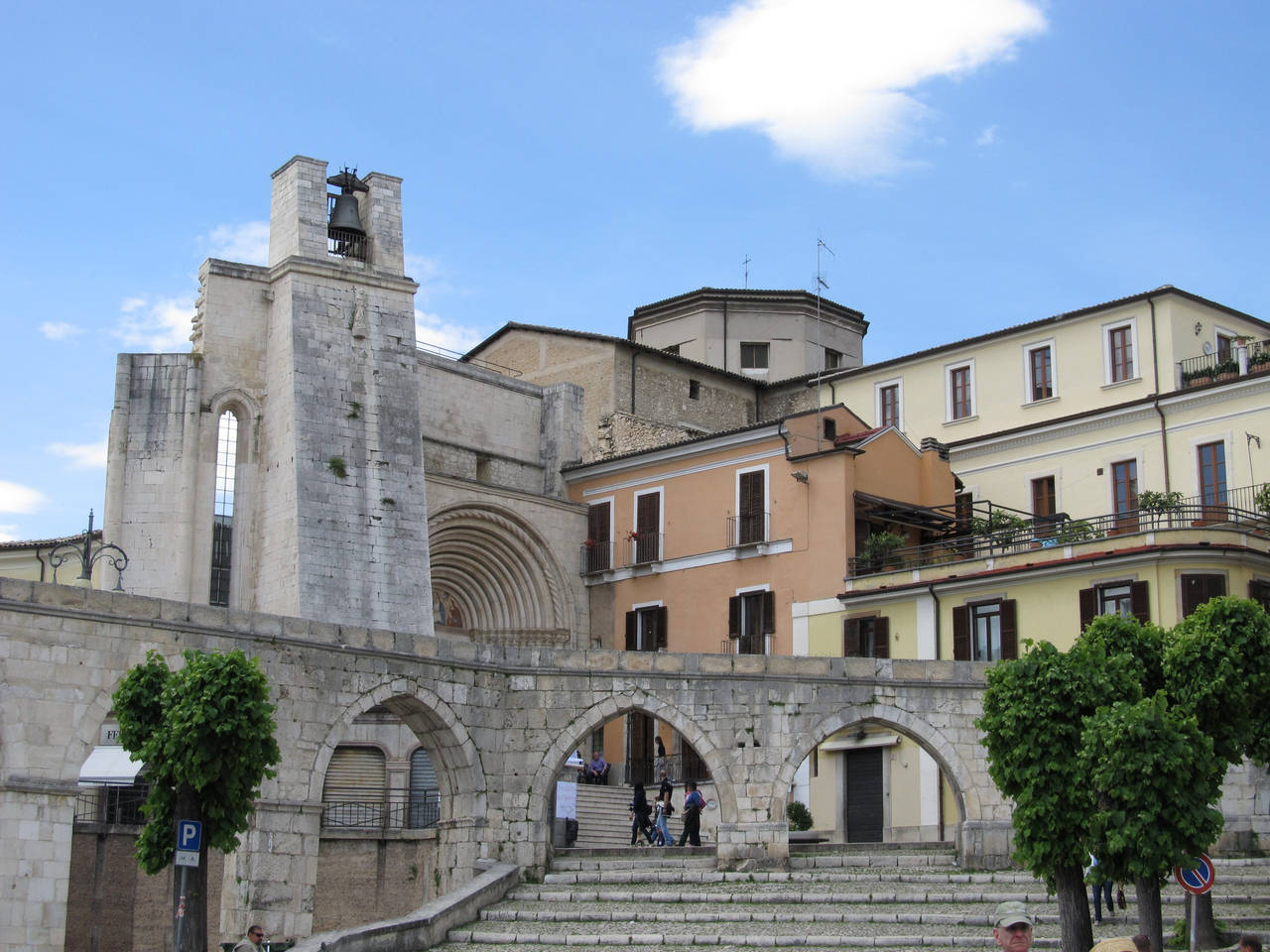Open my heart and you will see/’Graved inside of it, “Italy.” — Robert Browning
Having visited several far flung destinations around the world in 2011, our guest blogger Matthew Nunn is now focused on exploring nearer home in Europe. His next blogging targets will be his Sardinia holidays and a few other islands dotted around the Mediterranean. Matthew also helps to run Total Travel Blog out of the UK. Read what he has to say about four of the more magnificent piazzas in Italy. And if you have another one to share, please do!
Italians are known for their beautiful and famous architecture, and nowhere do they flaunt this better than in their piazzas. A piazza is known as a town square, despite the fact that many of them don’t actually achieve this square shape. They serve as the epicenter of Mediterranean life, enabled by the warm weather, a fondness for al fresco dining and an appreciation of taking life slow and gently.
Strolling down to the piazza is a common past time, but this hasn’t stopped many of them morphing into some of the most dramatically breathtaking city destinations around the globe. A trip to Italy without visiting these areas in your chosen destination is virtually impossible, but if you want to go all out and see the finest on offer, then I recommend the following four piazzas, each famous for their own reasons.
Piazza San Pietro, Vatican, Rome
Also known as St. Peter’s Square, the first thing that hits you about this piazza is its size and grandeur. The Romans have gone all out here, with a range of shapes, styles and features on display that can have you wandering around for ages. The Elliptical area of the piazza features the renowned Obelisk, which being red granite and with bronze features, is surprisingly colorful for such a structure. The Enveloping Colonnades are four deep, allowing you to wind your way around and in and out of the sunlight.
Many people come here for the opportunity to see the Pope, which can generate crowds in the thousands. If you prefer a more subdued stroll, then avoid such events and take in the walk up to St. Peter’s Basilica, one of the most amazing churches in the world, in your own time. A visit inside is a must, as this is an example of the finest architecture the Catholic Church has to offer and has been touched upon by masters such as Michelangelo, with the added bonus that entry is free.
There are also a number of interesting additional features – first, a spot in the Ellipse creates an optical illusion as the fourdeep row of colonnades appear as a single row. Next, the spot where Pope John Paul ll was shot is also marked with a red square.
The Piazza Navona, Rome
The Piazza Navona brings together all the classic ingredients of an Italian Piazza: a church, an obelisk, a palace and numerous fountains, most famously the Fontana dei Quattro Fiumi, (The Fountain of the Four Rivers). There is plenty to feast your eyes upon here. The Fontana dei Quattro Fiumi is rich in imagery, with four river god statues underpinning an Egyptian obelisk, making it easy to see why it’s such a popular spot for tourist snaps. The square also reveals the typical habit of Italians to constantly tinker with their public spaces, and many features (such as the Statue of Neptune) were added as late as the 19th Century.
This is also one for the street artist fans, as many entertainers and artists ply their trade in the light hustle and bustle created by the al fresco dining scene.
Piazza Del Campo, Siena
Moving away from Rome, the distinct Piazza Del Campo is a powerful feature of Siena, a city known for retaining its medieval flavor. A tourist destination in its own right, it adds an additional draw to Sienna and the wider Tuscany region that has long been popular with holiday makers, and more historically travelers during the Renaissance period! What lifts this square above the traditional strengths of piazzas is the horse race, the Palio di Siena, which brings the square alive every July 2 and August 16. Watching this is like stepping back to medieval time, and much effort is put into maintaining the character of the occasion.
Aside from this, on a normal day the reserved yet intricate Fonte Gaia adds the traditional fountain to the square and the Torre del Mangia tower completes the scene, making this a fantastic medieval destination devoid of any modern intrusions.
St. Mark’s Square, Venice
What’s brilliantly fascinating about St. Mark’s Square is that it reflects much of Venice’s varied and colorful history. From times of power when the Venetian empire ransacked goods and treasures from all corners of its influence, to periods of its own subordination, particularly under Napoleon, the face of the square tells a million stories.
Particular favorites include St. Mark’s Basilica, which has many features from foreign lands older than the building itself. The Triumphal Quadriga, a set of bronze horses, are one such example and were pillaged from Constantinople by the Venetians, only to be then looted by Napoleon and sent to Paris. Napoleon was known to take a distinct liking to the square, calling it the Drawing Room of Europe. The four horses were subsequently returned to Venice, however, and are back sitting outside the Basilica.
The Clock Tower tells its own story as well. Reputedly over 1000 years old, it collapsed in the early 20th century, and is now today standing as a replica. Thankfully, it was rebuilt in the same image, which sits justifiably in a prominent position in the square.
Buon viaggio!

Linda Dini Jenkins is a card-carrying Italophile, travel planner, freelance writer, and amateur photographer. Travel is her passion, so writing about her travels just comes naturally. She hopes all her travelers find a way to express their joys, surprises, and fears as they travel and gives every traveler a nifty journal to help smooth the way. Learn more…






Recent Comments